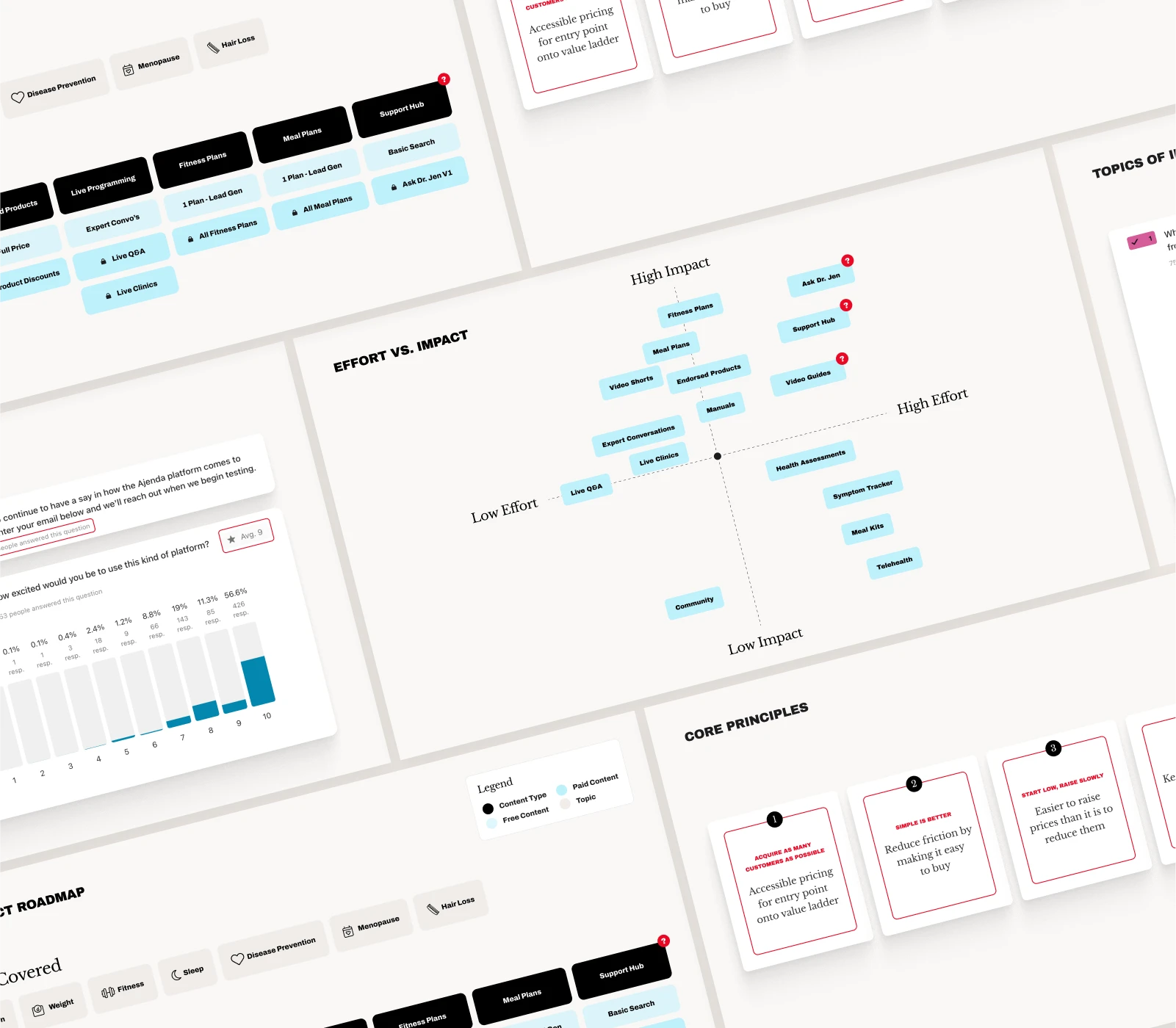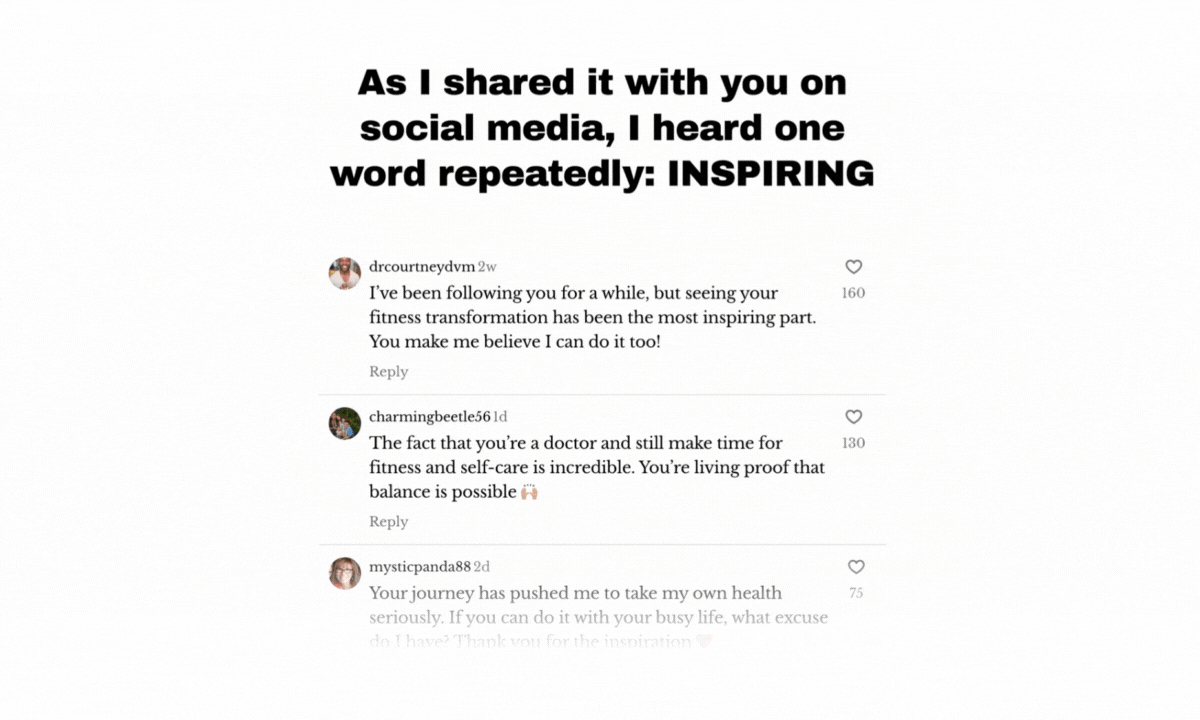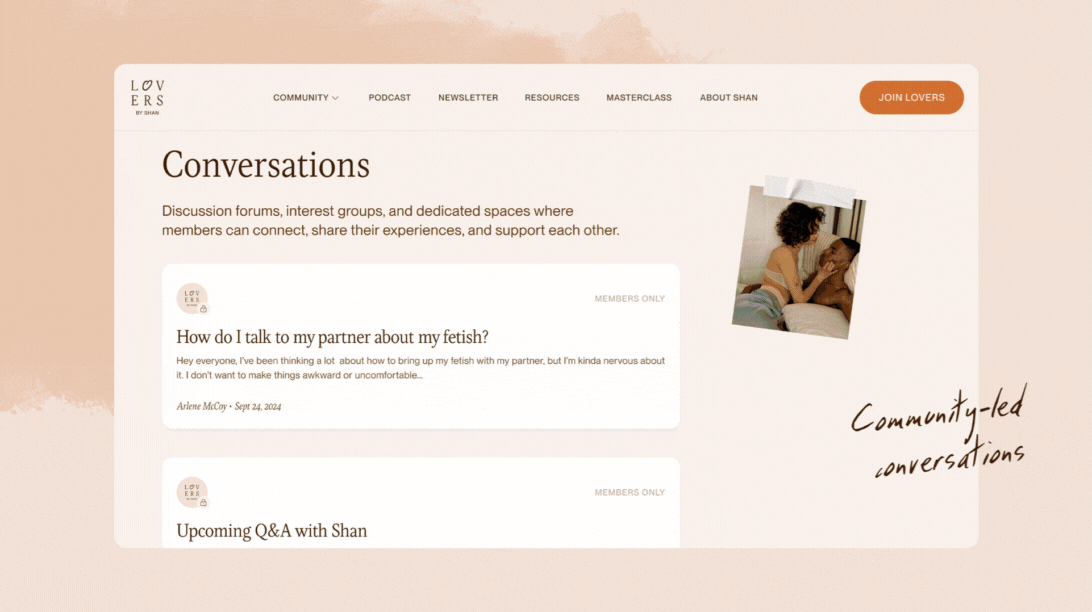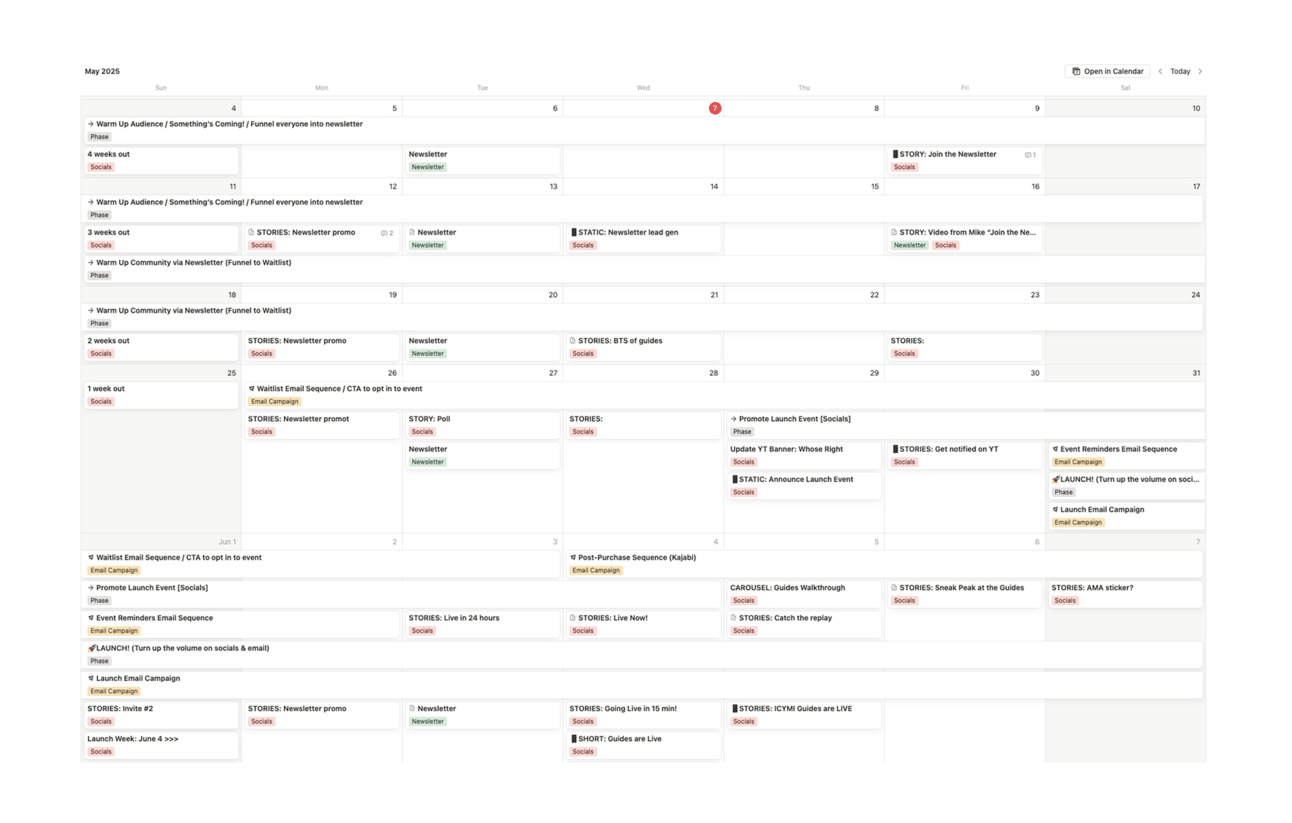
How to leverage personal experience into product demand
Dr. Jen Ashton is the true definition of an influencer. Not because she has hundreds of thousands of followers (though she does), but because her deep expertise and credibility give her genuine influence with her audience.
What's fascinating about Jen's approach to launching her wellness experiment program wasn't that she simply leveraged her credibility (which is tablestakes). Instead, she did something much more compelling: she lived the product before selling it.
For six months, Jen documented her personal wellness journey on her Instagram, taking her audience along for every high, low, and transformational moment. Her followers weren't just passive observers; they were invested participants, watching real results unfold in real-time.

By the time she was ready to launch a version of this program to her audience, they'd already:
- Seen the process work firsthand
- Emotionally invested in the journey
- Understood the results that were possible
The results? Over 8,000 sign-ups in the first 90 days from launch. Yes, that is an incredible flex 💪
Key Takeaway: Don't just tell your audience about your product as you are building it, but show them why it matters by living it yourself. The most compelling pre-launch content doesn’t try to sell too soon…it invites your audience into the journey.
Engaging in co-creation as a benefit of early access
Sex educator Shan Boodram has built her brand on authenticity and connection. So when it came time to create her community platform, Lovers By Shan, she knew that building it behind closed doors would run contrary to the principles she believes in.

So instead of guessing what her audience wanted, Shan invited her most engaged followers to help shape the community from the ground up. Here's what made her approach so effective:
- She started with a strong hypothesis about what would be valuable (because she knows her audience and has a tremendous amount of expertise to share)
- Instead of launching that vision immediately, she ran a month-long beta testing period
- During that time, she evolved the offering based on real-time community feedback
- She positioned these early members as co-creators, not just customers
By the time Shan was ready for her broader launch, she wasn't releasing something she thought would work or hypothesized would add vlaue. She had an active, engaged community with real results and transformation stories to share.
These early co-creators are now advocates in the community – authentic voices who could speak to the real value of what she'd built, because they helped build it.
Key Takeaway: Your most engaged fans aren't just potential customers (although they definitely are that). They're potential co-creators. Involving them early will both improve your product as well as help create evangelists to help sell it to the rest of your audience.
Your launch is a party, you’d best make sure everyone gets an invite
In our final example, we’re about to launch a product for a creator with serious scale: we're talking 12.5M on YouTube, 1.5M on Instagram, and 10M on TikTok. With numbers like that, you might think they could just "post about it" once and watch the sales roll in.
And honestly, that would probably lead to an OK outcome…but they’d be leaving tens of thousands of dollars on the table.
Here's what we're doing instead for their upcoming $25 product launch (with two bundled products for $40):
- Planning a 4-week content strategy across all platforms that will mean they are showing up organically in a major way (see graphic below for a sense of scale)
- Maintaining the value-first approach their audience expects, with no solely sales-focused content
- Using their regular content to create natural pathways to more sales-driven messaging via email (newsletter and other email content)
- Bringing their audience together for an exclusive live event (a GAME SHOW!!) as a thank you for helping to support the launch

This approach acknowledges two critical realities:
- Only 5-10% of followers see any single piece of content, so the more you post, the closer you’ll get to covering 100% of your potential customer base
- Audiences on social respond better to value they can use immediately than to pure promotion, so you need to post consistently to warm them up prior to selling something
By maintaining their regular content rhythm while strategically integrating pre-launch messaging, this creator is positioning themselves for success without risking audience fatigue or losing trust.
Key Takeaway: Scale isn't enough. Even creators with massive audiences need a consistent, multi-touchpoint strategy that respects how their audience prefers to consume content. Don't make them choose between value and sales, or you risk hemorrhaging the hard-earned trust that you’ve earned.
And yes, we needed to Google how to spell hemorrhaging.
So, what is the takeaway for you?
All three of these examples recognize one super duper crucial aspect of launching a creator-led product.
Launching isn't a moment in time (at least not when you do it right)…it's a journey you take your audience on.
Dr. Jen Ashton built desire by showing results, not telling her audience they could get them too.
Shan Boodram created a great product, and buy-in to that product, by involving her audience in the creation process.
Our high-scale creator is about to be everywhere, all at once, to maximize their reach.
What didn’t they do? None of them relied on a single "I made a thing!" post and hoped for the best.
This isn't about being "sales-y", which is probably the most common objection we hear from creators when they are getting close to launch. It's about giving your product the launch it deserves, and delivering the value you’ve created to your audience.
If you've put the work into creating something that ACTUALLY IS valuable, don't let it flop because you didn't put equal thought into how you take it to market.



















